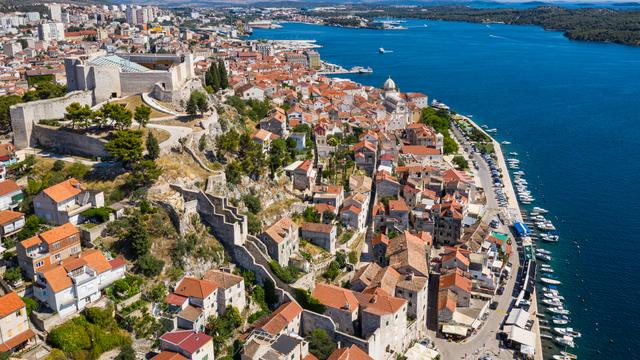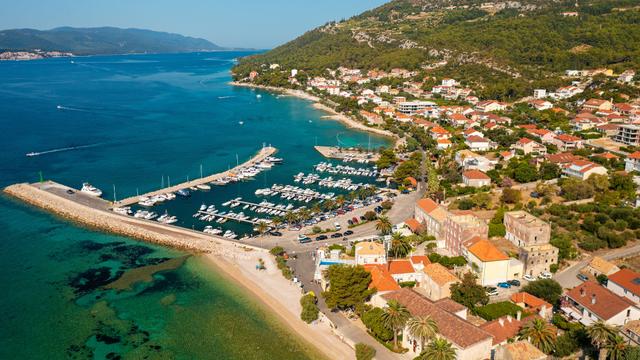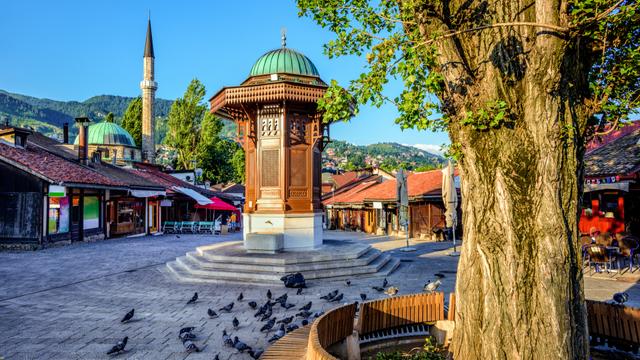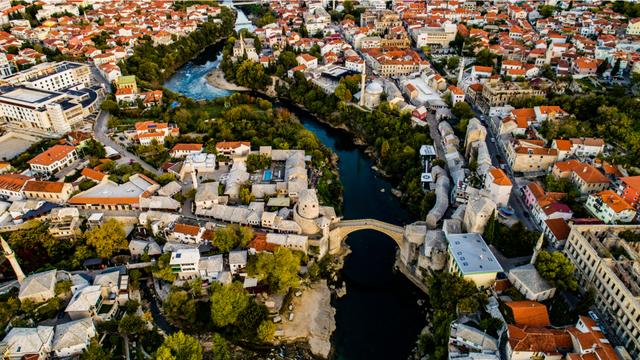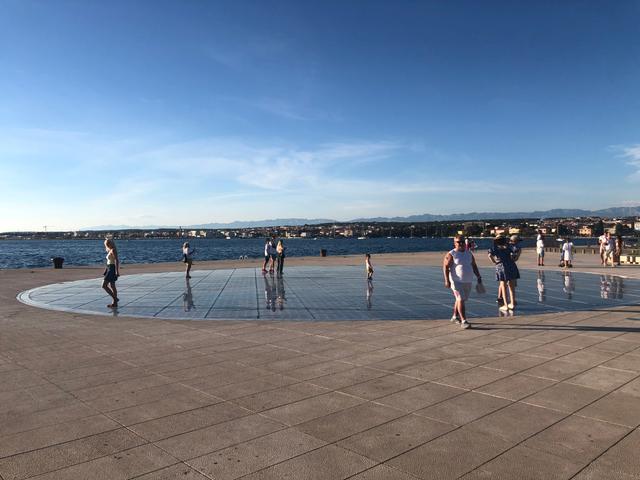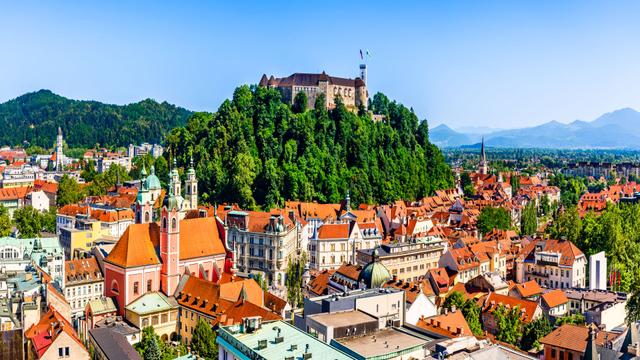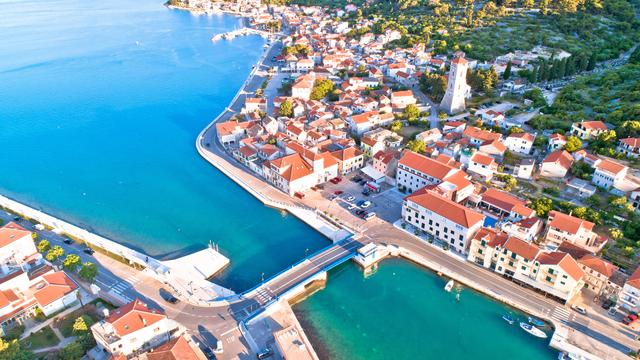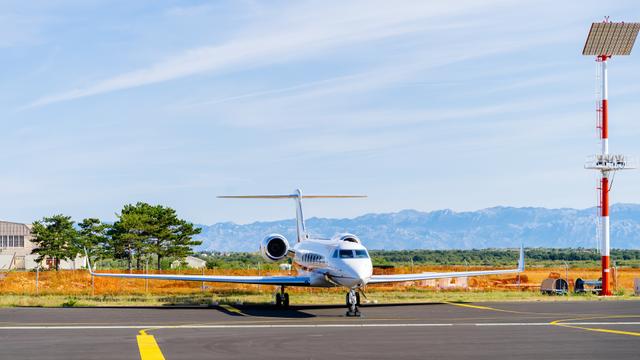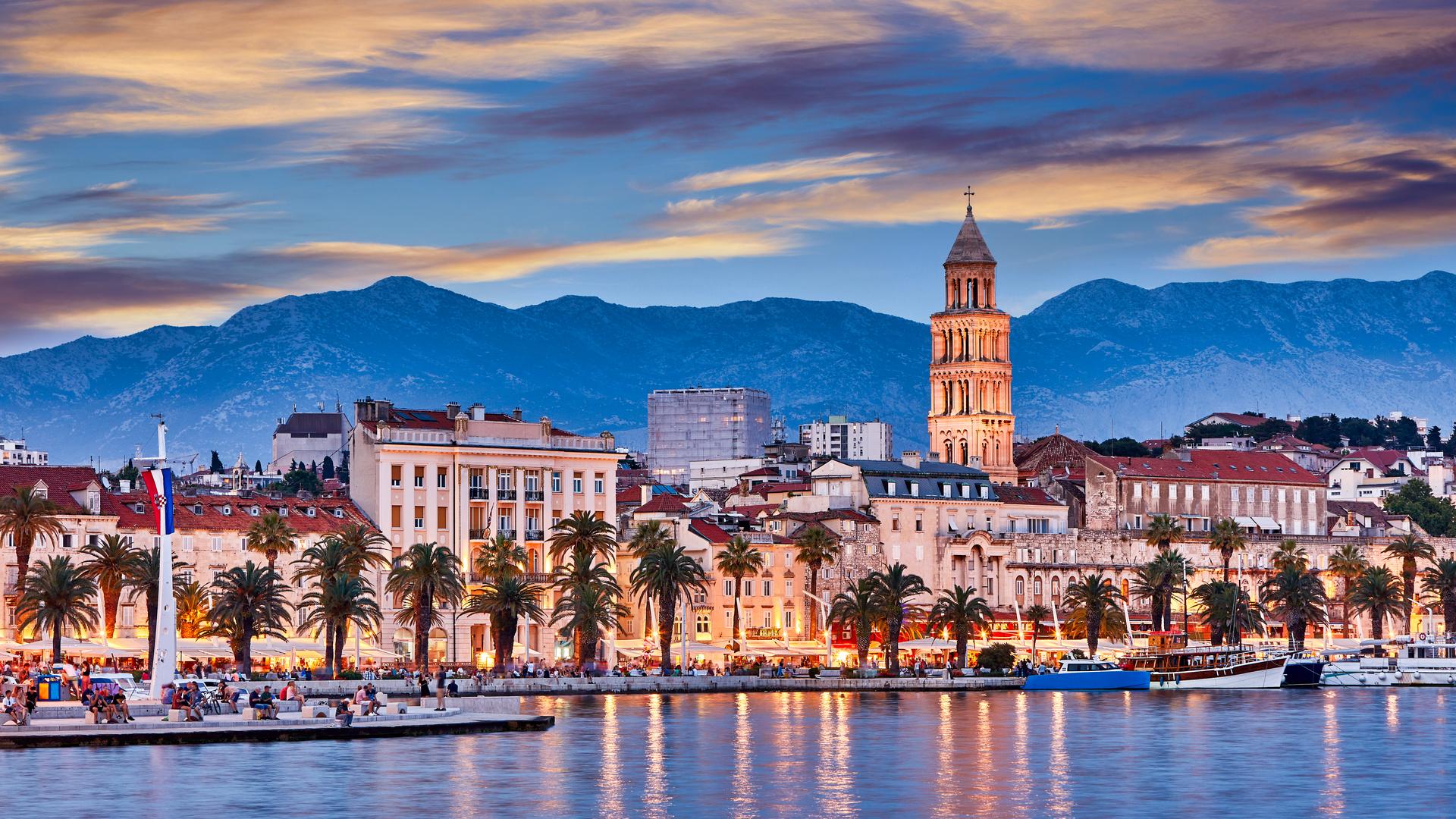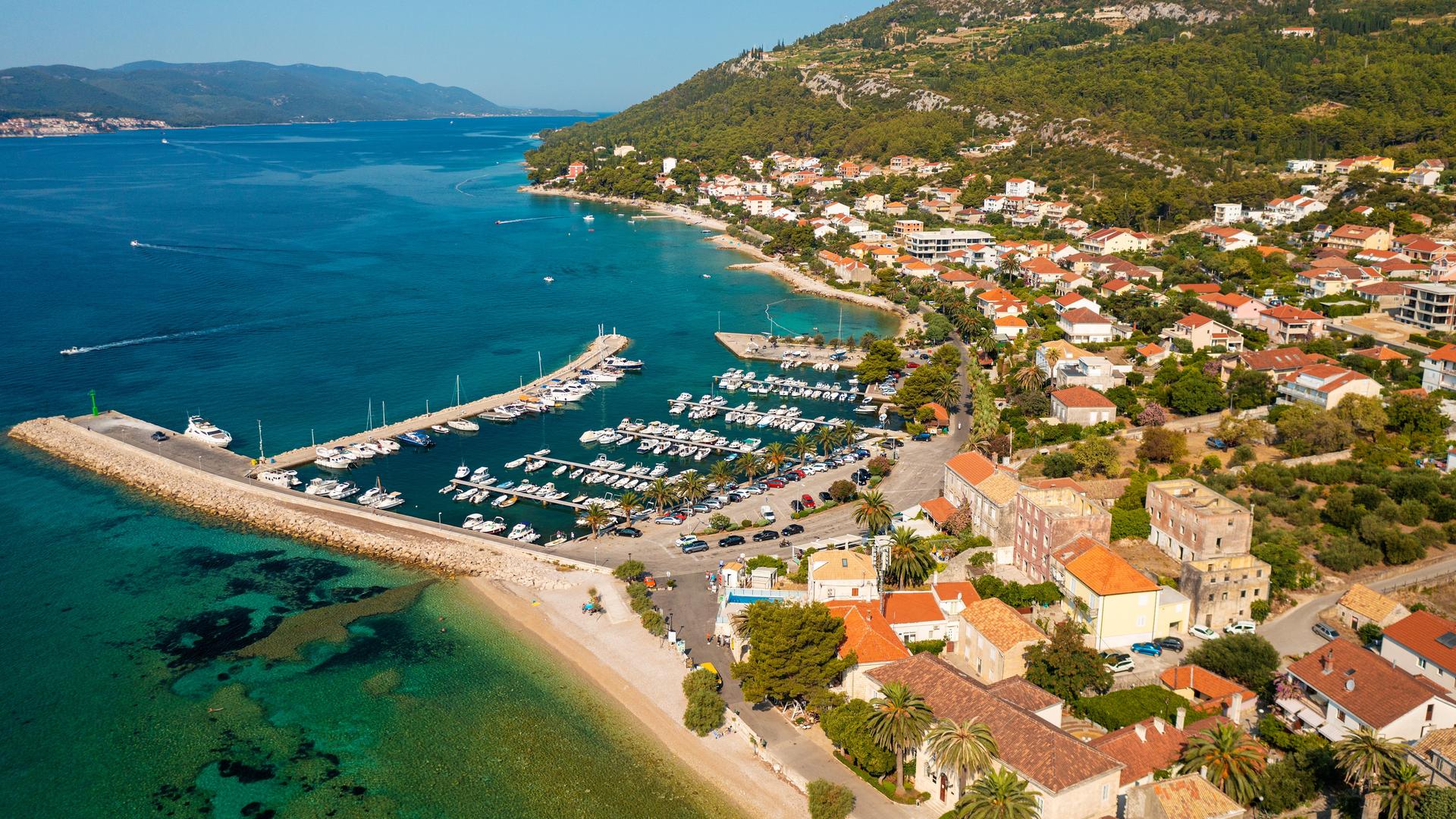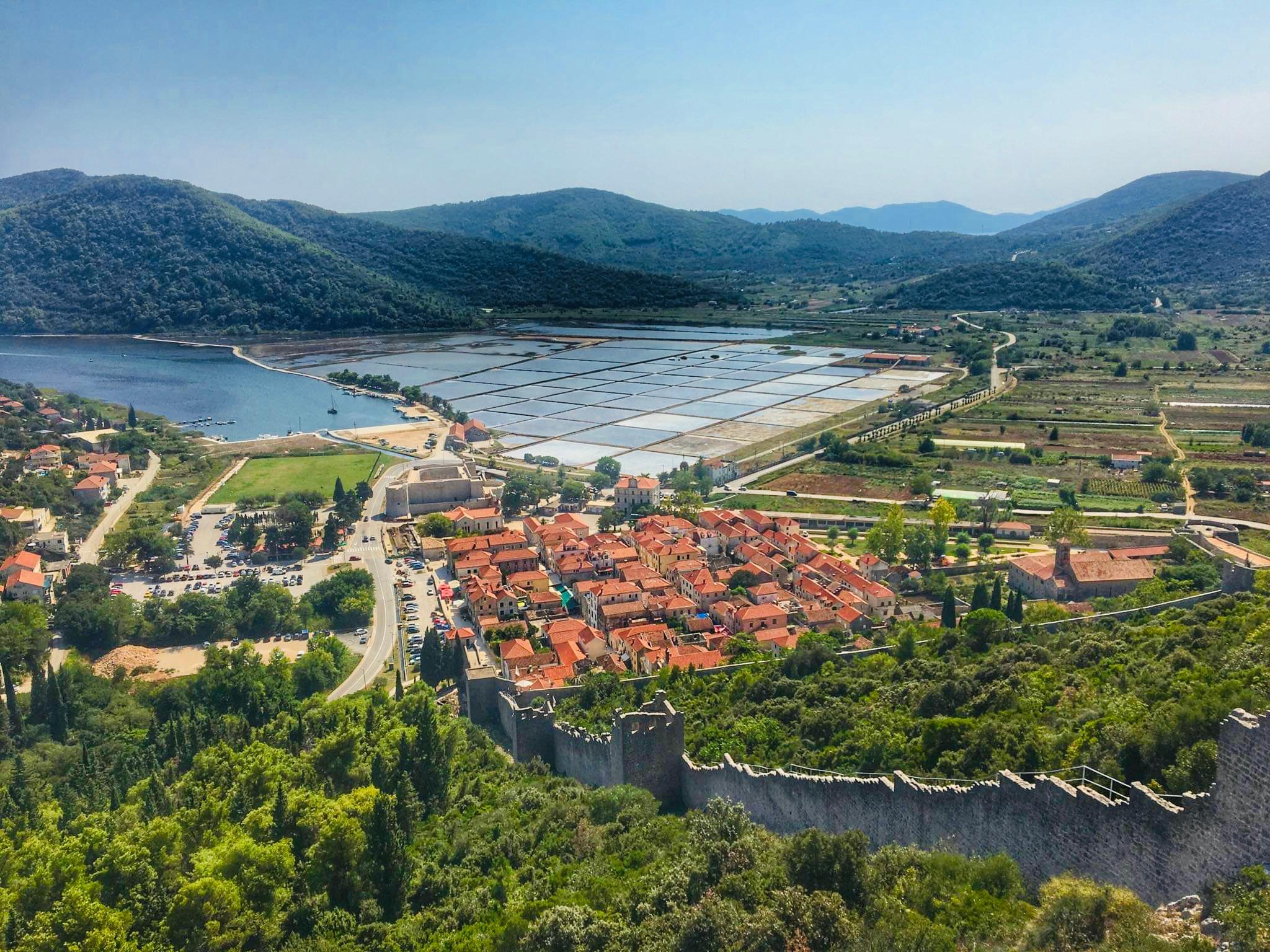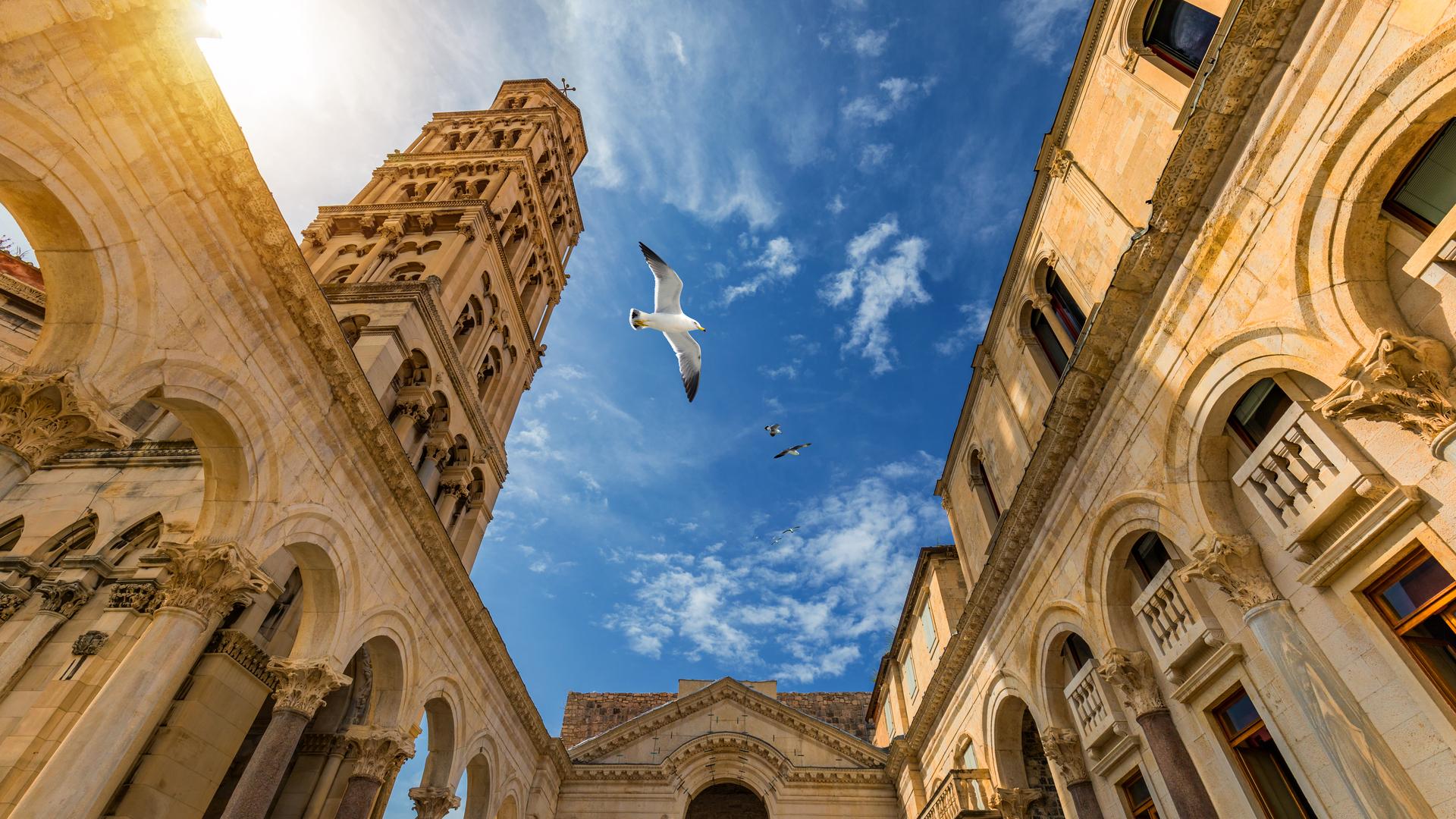Split - Ston - Orebić
Similar popular transfers:
Private transfer from Split to Orebić via Ston
The best way to go and visit Orebić is to book a private minivan transfer from Split to Orebić via Ston.
MaciTours is a Croatian transfer service which offers the best prices for a private transfer. MaciTours has at its disposal a fleet of luxurious and premium minivans that will make your transfer as comfortable as possible.
Orebić is located some 220km from Split and the duration of your transfer is about 4 h.
On the way to Orebić you may want to visit Ston, a small town with famous walls and fortifications, whose walls are the longest preserved defensive structures in Europe and from which you have an excellent view of the beautiful town of Ston. If you want to visit Ston you can book this a private Split to Orebić via Ston transfer.
The prices for a Split to Orebić via Ston private transfer start at 270 euros (the price is per vehicle, not per person).
How to get from Split to Orebić via Ston?
Every summer You get asked How to get from Split to Orebić via Ston. You need to come fast and easily in Orebić. Like we mentioned above, the fastest and easiest way to get from Split to Orebić is to book a private transfer from Split to Orebić via Ston with MaciTours, Croatian transfer service. Private transfer between Split and Orebić You can book easily in less then one minute using our booking form. After You have made a successful booking You don't need to worry about anything.
That is not the only way How You can get from Split to Orebić. You can also take a bus which operates daily, average price is between 35-40€ per person and it drives about 5h30min. Another option is to take taxi in the Split but that will be more expensive then private transfer and You don't know what You can except.
A few facts about Ston
Ston is located at the south of isthmus of the Pelješac peninsula.
Located at the gates of the peninsula, surrounded by the Adriatic sea on three side and protected by four hills, rich in fresh water and saltwater, fertile plains, it has been an important political, cultural and ecclesiastical centre.
Ston was initially an Illyrian settlement until the Romans established their own colony there, in 167 BC.
The old Ston was located on the slopes of the hills of Gorica and St. Michael, south of the Ston field. There were several early Christian churches, the largest of which was St. Stephen's Church.
The bishopric church of Mary Magdalene stood until it was bombed by the Allies in 1944.
The only church that still remains is the church of St. Michael, built in the middle of the late antique Roman castrum.
The original old town was demolished in the earthquake of 1252. With the arrival of the Republic, a new city was built on today's location.
The Dubrovnik people immediately began to build and establish a new Ston, to defend the Pelješac peninsula.
In 1333, Dubrovnik started with the planned construction of the fortresses of Ston (Veliki Ston) and Little Ston (Mali Ston) at the present site. The cladding between the two towns along their entire length were made of large walls that were supposed to defend the Dubrovnik estate - Pelješac. This entire fortification complex, which is unique to Europe, was built over a short period of time.
The monumental stone fortification complex of Ston suddenly collapsed in preparation for the official visit by Austrian Emperor Franz Joseph. They were again damaged in the Homeland War (1991-1992), followed by the devastating earthquake of 1996.
The walls were of great importance because they were defending the saltworks that gave 15,900 ducats every year to the Dubrovnik Republic, the shellfish farm and the city itself.
What to visit while in Ston
Ston is a small town, but has many restaurants that offer excuisite Mediterranean cuisine.
The town has a city museum that exhibits many items from the towns' long and rich history.
In the saltworks you can buy fresh salt of excellent quality at a reasonable price.
From Ston to the wonderful Prapratno beach there is only a short drive and the locals are more than helpful in providing information as to how to get there.
Ston is an excellent base for making small excursion to nearby town and beaches on the Pelješac peninsula.
A few facts about Orebić
Orebić is small town, located on the shores of the Pelješac peninsula, on the southern Dalmatian coast.
Orebić is directly across a strait from the town of Korčula, located on the island of the same name.
Ferries service the two towns frequently and ferry connections to Korčula operate each day from Orebić.There is also a passenger ferry that deposits passengers directly in Korčula Town.
Orebić is 112 km (70 mi) from Dubrovnik and is accessible by road or ferry.
It is some 90 minutes' drive from Dubrovnik and about 3--4 hours drive from Split.
The town was named after the family who restored the castle inside the fortified settlement in 1586.
In 1707, the Austrian emperor Joseph granted hereditary nobility to the Orebić family for their 70 years of service in naval warfare and trade.
The family's role in the Dalmatian salt trade brought great wealth Dalmatia.
During the 19th century, Orebić had 17 of the most important nautical captains in Austria-Hungary Empire.
What to see while in Orebić
There are numerous hotels and camp sites located around the town that also cater to camper vans.
The town's main beach is at Trstenica.
Many locals also rent out rooms or apartments during the high season in summer.
Orebić has a famous Maritime museum, located at the promenade, exhibiting many ship models on which the Orebić captains once sailed.
The Old captains' houses are also popular among tourists.
Near the town there is an old Franciscan monastery that gives tourists a great panoramic view of the surrounding area and you can drive or hike to the monastery.
The two main restaurants in the town are the Amfora, located on the promenade that offers a great sea view and the Panorama, located near the old Franciscan monaster, a rustic restaurant that serves raditional Dalmatian dishes.
In Orebić you can go on boat excursions or wind surfing in near-by towns of Kučište and Viganj.
Hillwalking is another activity popular among tourists. Hillwalkers often like to tacklethe majestic Mount Ilija, from whose peak they have a stunning view of the surrounding landscape.
A few facts about Orebić
Orebić is small town, located on the shores of the Pelješac peninsula, on the southern Dalmatian coast.
Orebić is directly across a strait from the town of Korčula, located on the island of the same name.
Ferries service the two towns frequently and ferry connections to Korčula operate each day from Orebić.There is also a passenger ferry that deposits passengers directly in Korčula Town.
Orebić is 112 km (70 mi) from Dubrovnik and is accessible by road or ferry.
It is some 90 minutes' drive from Dubrovnik and about 3--4 hours drive from Split.
The town was named after the family who restored the castle inside the fortified settlement in 1586.
In 1707, the Austrian emperor Joseph granted hereditary nobility to the Orebić family for their 70 years of service in naval warfare and trade.
The family's role in the Dalmatian salt trade brought great wealth Dalmatia.
During the 19th century, Orebić had 17 of the most important nautical captains in Austria-Hungary Empire.
What to see while in Orebić
There are numerous hotels and camp sites located around the town that also cater to camper vans.
The town's main beach is at Trstenica.
Many locals also rent out rooms or apartments during the high season in summer.
Orebić has a famous Maritime museum, located at the promenade, exhibiting many ship models on which the Orebić captains once sailed.
The Old captains' houses are also popular among tourists.
Near the town there is an old Franciscan monastery that gives tourists a great panoramic view of the surrounding area and you can drive or hike to the monastery.
The two main restaurants in the town are the Amfora, located on the promenade that offers a great sea view and the Panorama, located near the old Franciscan monaster, a rustic restaurant that serves raditional Dalmatian dishes.
In Orebić you can go on boat excursions or wind surfing in near-by towns of Kučište and Viganj.
Hillwalking is another activity popular among tourists. Hillwalkers often like to tackle the majestic Mount Ilija, from whose peak they have a stunning view of the surrounding landscape.

